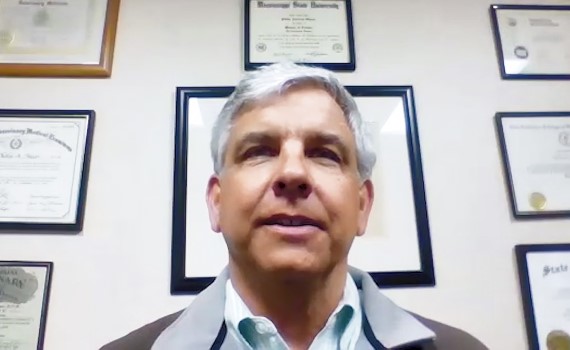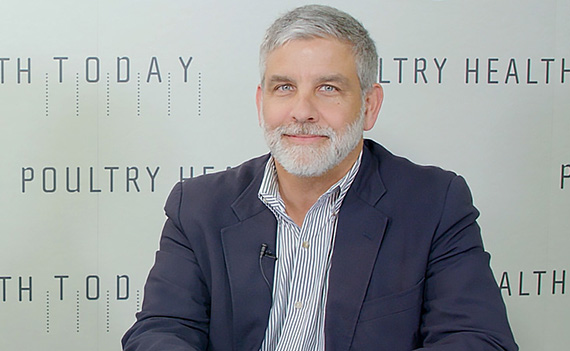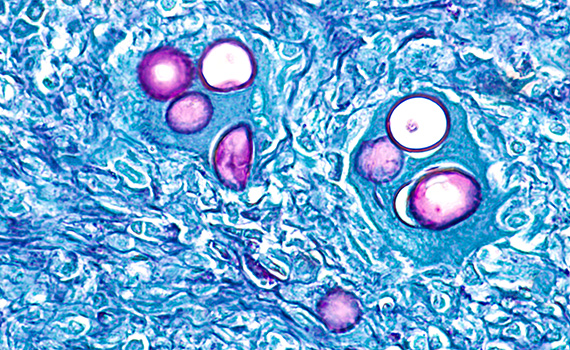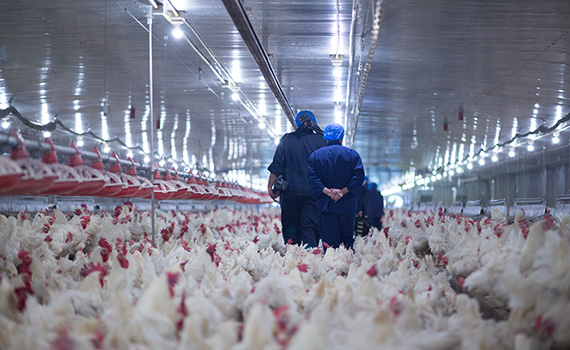Coccidiosis: Why is it so difficult to manage?

With more than a dozen antimicrobials and a half dozen vaccines available for coccidiosis, why are US poultry producers still having such a difficult time managing this costly disease?
One reason is that the organisms that cause coccidiosis — the family of protozoan parasites of the Eimeria genus — are highly prolific and remarkably resilient, says Don Waldrip, DVM, senior technical services veterinarian for Zoetis Inc.
Coccidia reproduce quickly and in large numbers — just one coccidial oocyst (egg) can produce over 500,000 progeny in just 4 to 7 days.
“The oocysts thrive in warm, humid environments, although coccidiosis is a threat to poultry farms year-round and in arid climates as well,” he explains. “Eradicating them from poultry farms has proved to be virtually impossible. No matter where you go throughout the world, coccidiosis is considered one of the top diseases of poultry.”
Think ahead
Acute outbreaks of coccidiosis can result in severe diarrhea and mortality, but these situations are rare on progressive poultry farms where anticoccidials are routinely used.
On most commercial farms, the more common problem is low-level, subclinical coccidiosis. This form of the disease can easily develop when products gradually lose their efficacy and slowly erode growth rate, feed efficiency and flock uniformity, Waldrip says. In layers and breeders, egg production and quality also decline.
“Low-level coccidiosis is costly and also predisposes flocks to dysbacteriosis, necrotic enteritis, gangrenous dermatitis and other costly health problems,” Waldrip says. “Developing a long-term, strategic plan — 12, 18 or even 24 months out —and drawing on the strengths of all available tools is essential for a lasting, sustainable management program.”
Posted on January 22, 2015
 We’re glad you’re enjoying
We’re glad you’re enjoying










